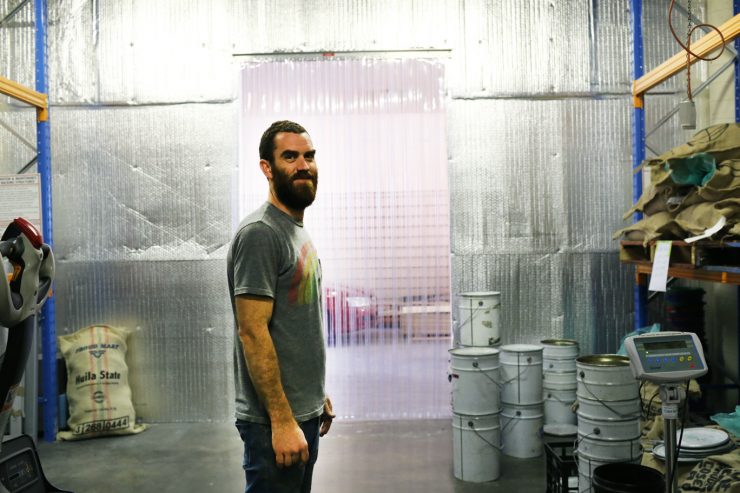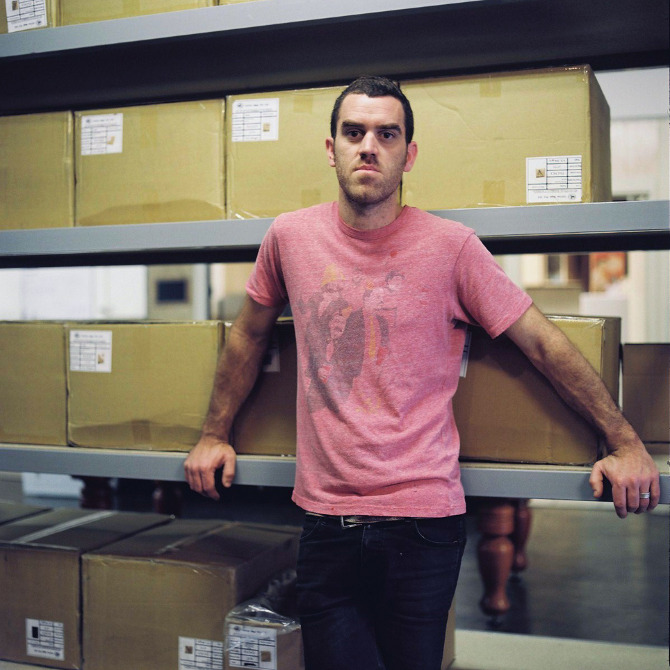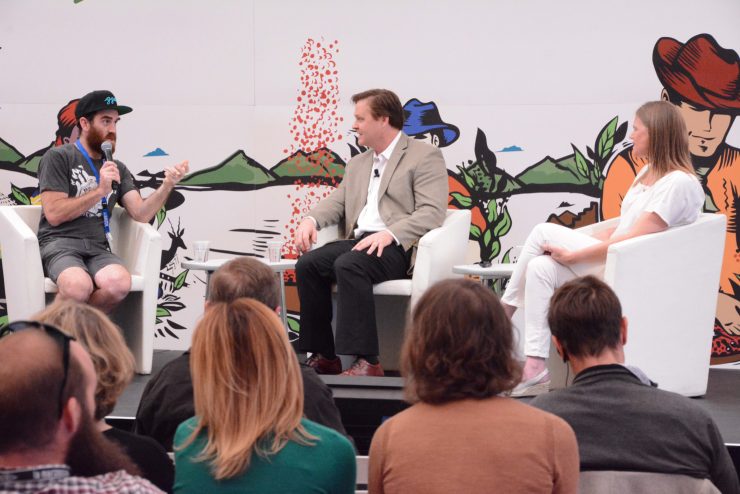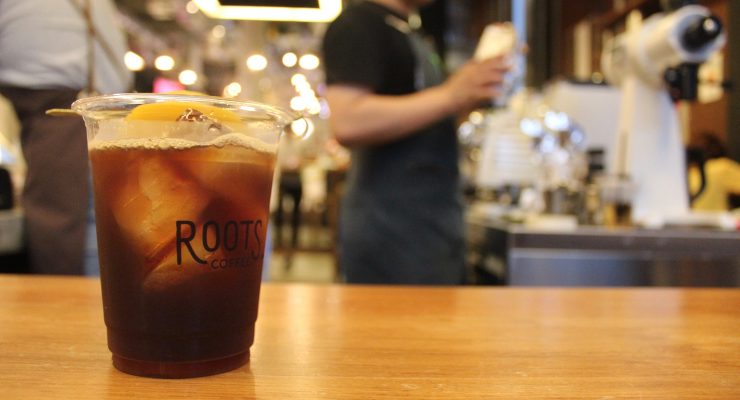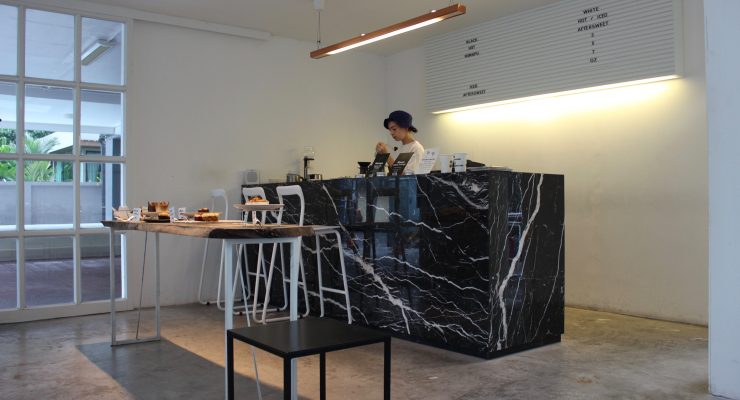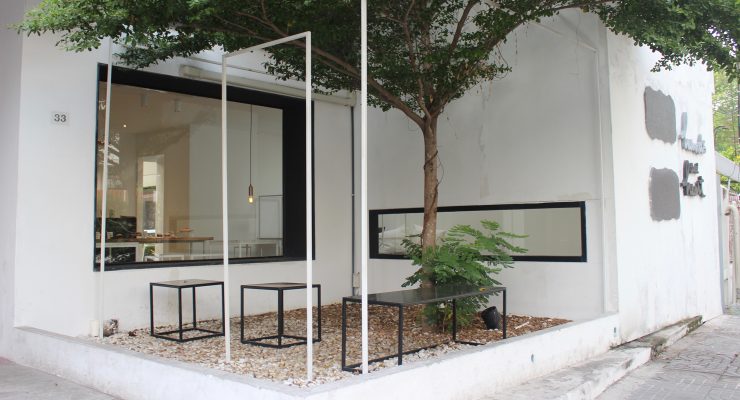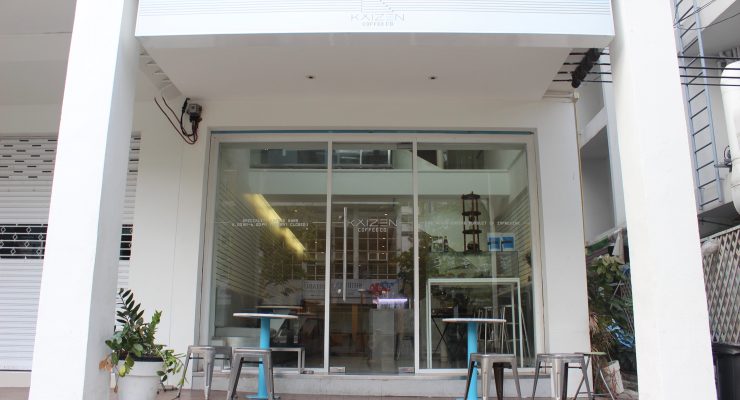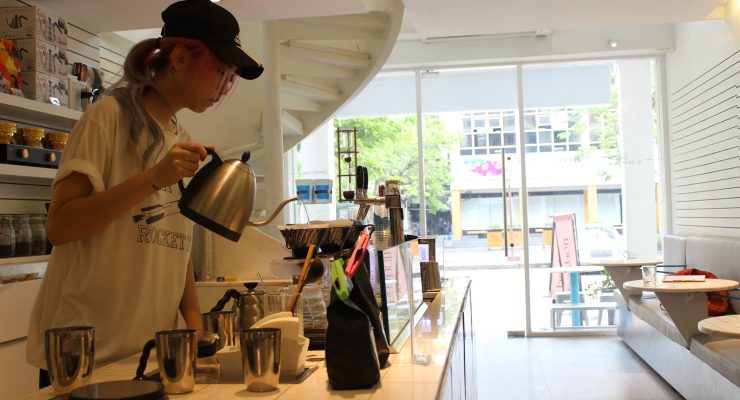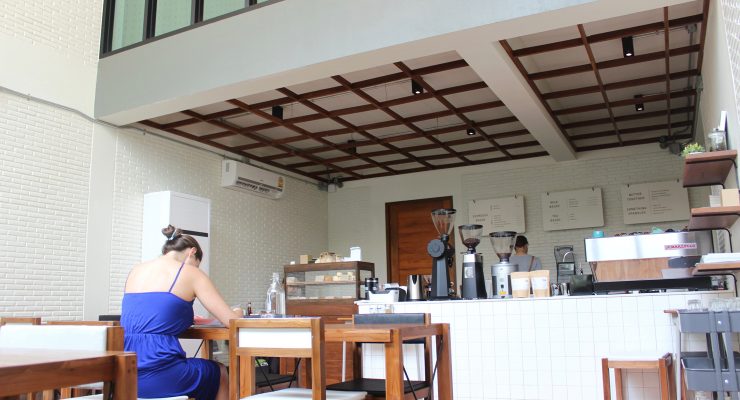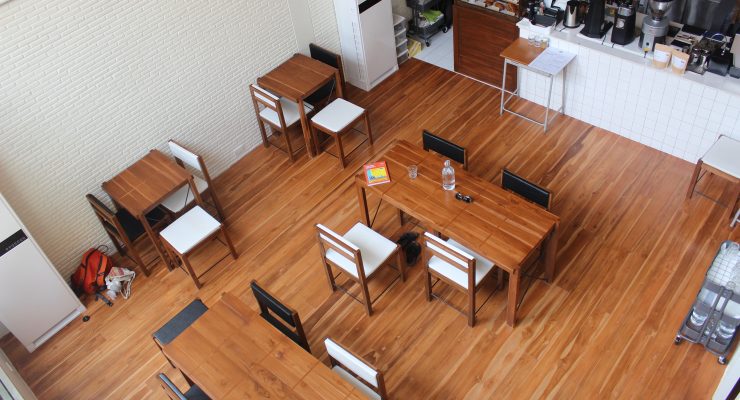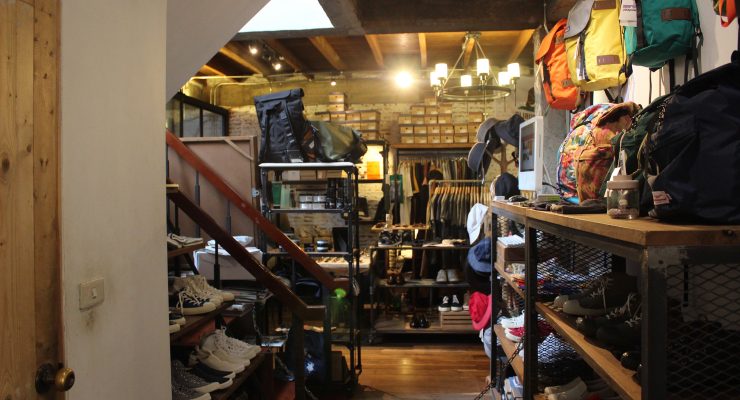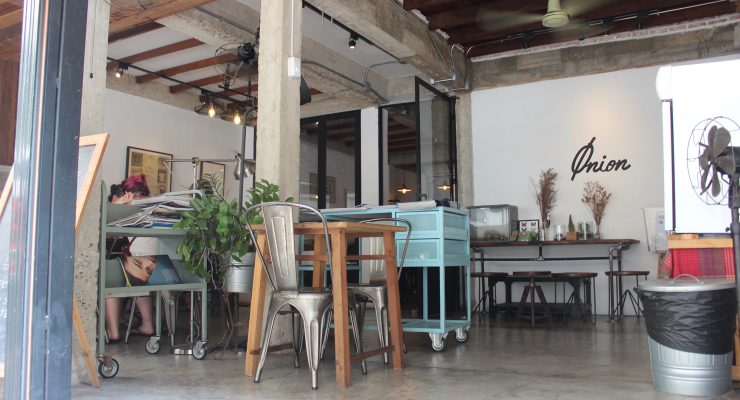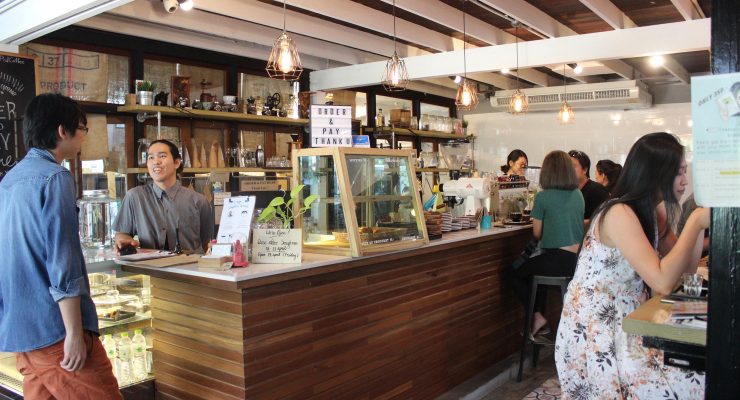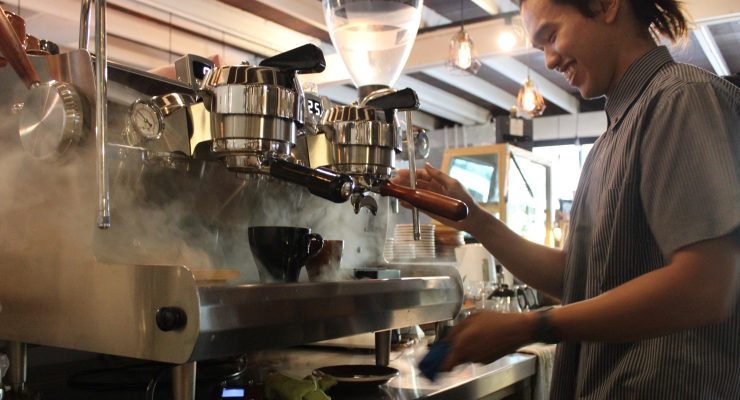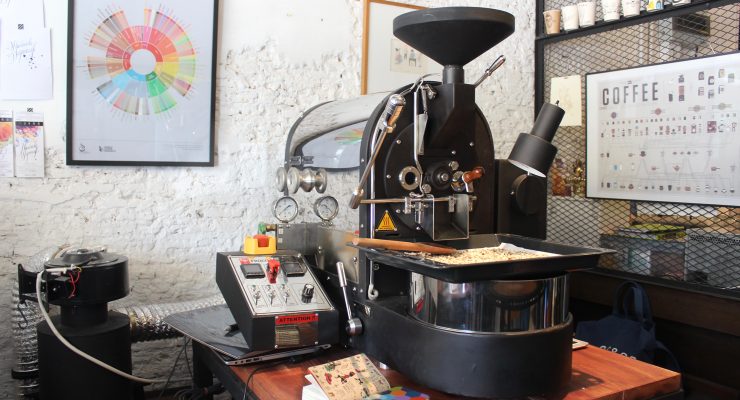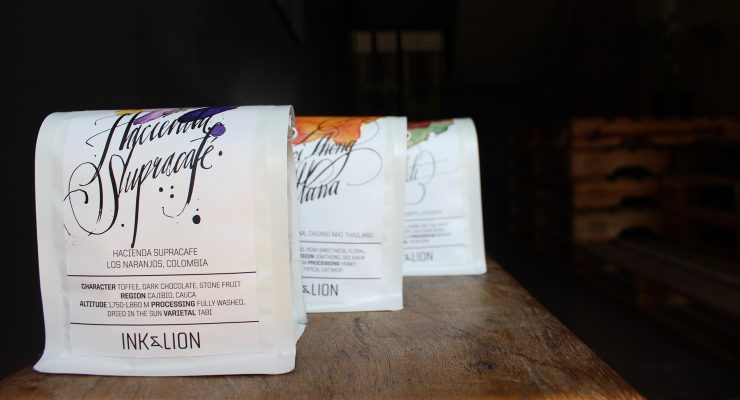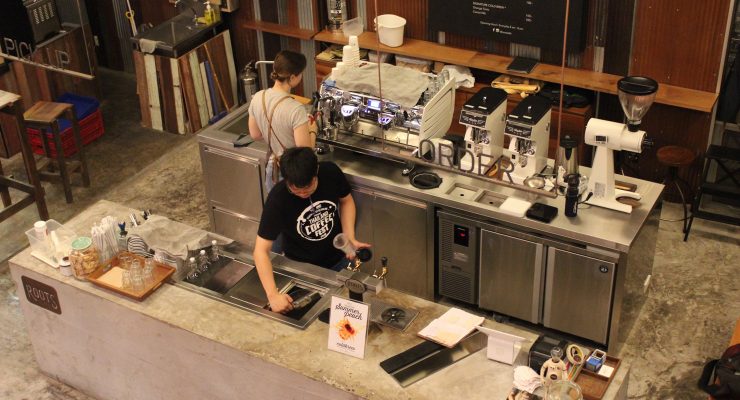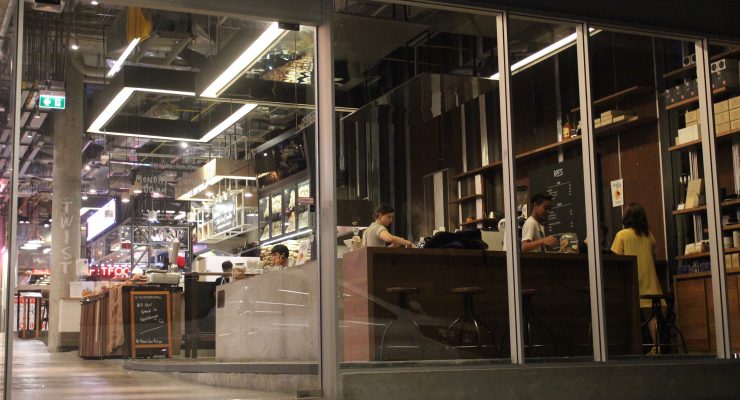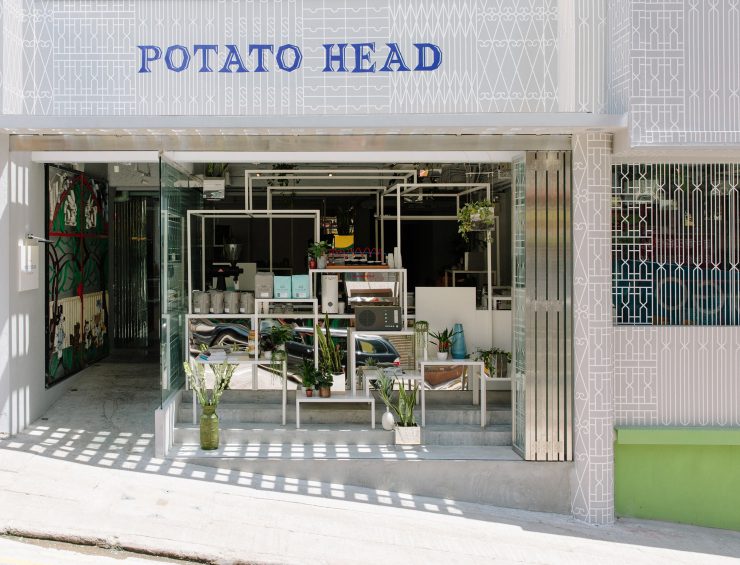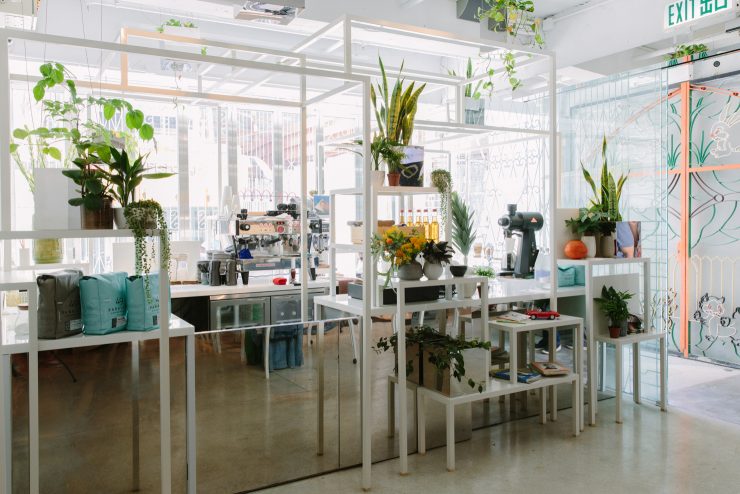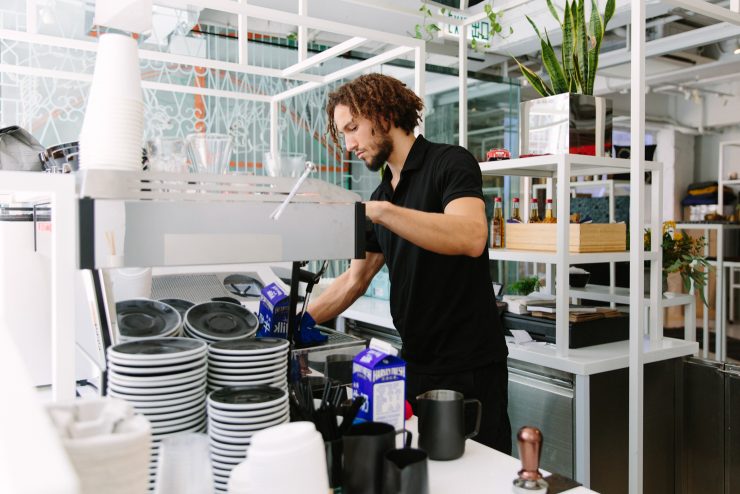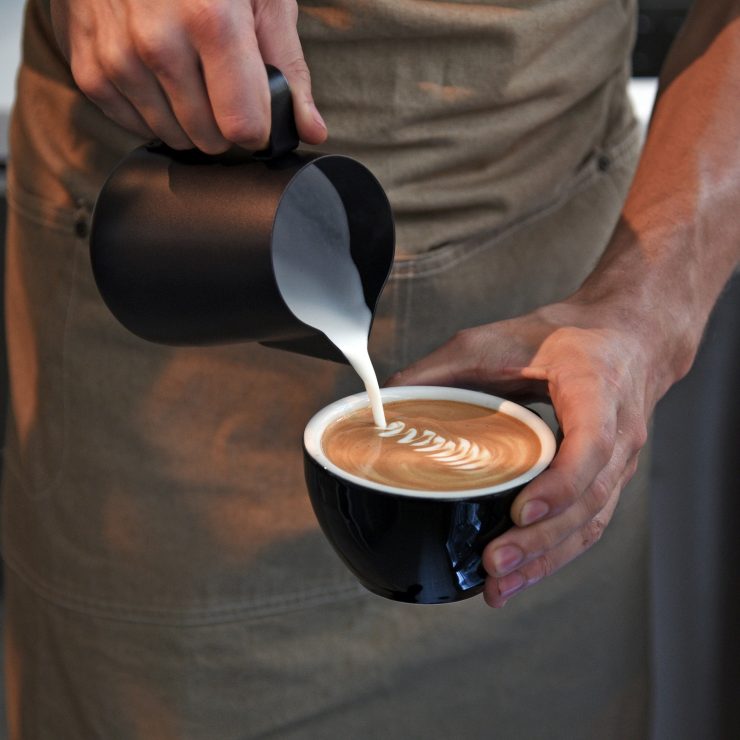A smartphone is the modern-day Leatherman: just as the latter has a tool for every job, so too does the phone in your pocket. Want to record and analyse cupping scores? There’s an app for that. Want to make sure you don’t brew your coffee too slowly? There’s an app for that. Want to record recipe ideas on the go? Well, you get the picture…
But with so many apps available, it’s hard to know which ones are worth downloading and which ones will just clutter up your home screen. That’s why I’m here to help you out. I’ve listed five must-have apps for any barista or coffee enthusiast. While not all of these are coffee-orientated, they’ll all improve your coffee experience.
SEE ALSO: Barista Camp: 5 Reasons Why You Should Go Next Year

Burger and fries, strawberries and cheese, coffee and milk smartphones. Credit: Pexels
1. Instagram
Why Instagram? There are hundreds of social media platforms out there – Facebook, Twitter, Pinterest, SnapChat, Google Plus, Tumblr, FourSquare, Flickr, Viadeo… You’d never have enough time to be active on all of them. Instead, it’s much better to pick one and use it well.
And Instagram just happens to be the perfect platform, since it’s centered around images and videos. Coffee is nothing if not a sensory experience, so why not let your audience see your coffee? Say latte art is your thing and you can pour a 5-tier tulip with your eyes closed. Or perhaps you like to experiment with unusual brewing methods. Then Instagram is the perfect tool with which to show the world your talents.
What’s more, you can set your Instagram posts to be automatically shared on Facebook and Twitter – meaning you can shoot three birds with one photo.
To get the best out of Instagram, you’ll want to make sure you take interesting pictures with good composition, and provide informative and interesting captions. Instagram comes preloaded with about 15 cool effects, but advanced photographers might want to try out apps like VSCO Cam and Snapseed for more control. Oh, and don’t forget to check out our previous articles: 5 Social Media Tips For Coffee Professionals and 5 Steps to Eye-Popping Coffee Photos.

Connect with other coffee lovers on Instagram. Credit: Pixabay
2. Evernote
Let’s be honest here: do you have a notepad and pen on you? I don’t mean somewhere in a drawer in your room; I mean on you, to hand, ready to use whether you’re struck by inspiration on the train or you’re recording your brew time in the kitchen. Because I’m pretty sure that most of you don’t.
But that doesn’t mean we don’t need to record these things – it just means we need different tools. And Evernote is the answer to that.
You can take notes, attach audio clips, import pictures, make presentations, and even email it all to yourself from the app. And the best thing about it is that it syncs. It’s easy to download it to your smartphone, tablet, and laptop. And no matter which virtual notebook you pick up, you’ll find the exact same set of notes inside.
Oh, and if you happen to have other passions, you can also create additional “notebooks” in the same account – making it easy to stay organised.

Evernote’s the solution you didn’t know you needed. Credit: Gustavo da Cunha Pimenta
3. Cupping Lab
How often do you cup? I’m betting it’s pretty regularly. But then what do you do with all the paperwork? Because by now you must have hundreds of cupping sheets lying around, making it impossible if you actually want to refer back to one.
And of course, I’m pretty sure you do want to refer back to them – to see how different extraction parameters affect the profile, to compare your previous single origin Ecuadorian to a new one, to compare your cupping notes to someone else’s.
The solution to this is Cupping Lab, an online app dedicated to recording cupping notes with the same system as the Cup of Excellence. It’s extremely easy to use, and extremely easy to look back at later.

Using Cupping Lab couldn’t be easier.
4. SoundCloud
This one is particularly useful for the baristas, although I’m confident everyone will like it. SoundCloud allows you to listen to single songs, playlists, podcasts, and even upload your own songs (perfect for those moonlighting as musicians).
Now all of us love music – but why is this relevant for baristas? First of all, the café: some managers don’t really care about what music is playing, so long as it fits the tone of the coffee shop and has no explicit content. And I bet all baristas can relate to that oh-god-not-this-song-again-it-must-be-the-fiftieth-time-it’s-played feeling that comes with sticking a CD or playlist on repeat. Simply offer to create some unique playlists, and you’ll be listening to your favourite tunes instead.
What’s more, for those baristas looking to compete, it’s the perfect app to start designing your playlist. You can listen to thousands of songs in the attempt to find, not just the good enough one, but the absolutely perfect one. Because we all know how important every little detail is when you’re competing.

Find the soundtrack to your coffee life on SoundCloud.
5. Timer
Now I know what you might be thinking: why would you need an app for a timer when, unless you’re still using a Nokia 3310, your phone comes with one already? But chances are it doesn’t have all the functions you need.
Apps like Timer (previously Hybrid Stopwatch and Timer) not only act as stopwatch but also come with a countdown setting. This makes it perfect for brew methods like the French Press, which have a set steep time.
Most stopwatch apps also have a “laps” setting, designed for runners. But you can use this for pour overs, the AeroPress, and any other brew method where you need to record different actions at different times during the brew.
A timer is without a doubt a barista essential – and if the inbuilt timer on your smartphone doesn’t have all of these features, you’ll want to download one that does.

Timer calls it “laps”; we call it brewing with a pour over device.
This isn’t an exhaustive list of all the apps suitable for coffee lovers, but rather a list of essential apps for everyday brewing. Having these on your phone will make it easier to brew efficiently, access your cupping notes, connect with other coffee enthusiasts, and more. So get downloading!
Written by C. Whitby and edited by T. Newton.
Perfect Daily Grind
The post 5 iPhone / Android Mobile Apps Every Barista Should Use appeared first on Perfect Daily Grind.
from RSSMix.com Mix ID 8200593 http://redirect.viglink.com?u=http%3A%2F%2Fwww.perfectdailygrind.com%2F2016%2F08%2F5-iphone-android-mobile-apps-every-barista-use%2F&key=ddaed8f51db7bb1330a6f6de768a69b8

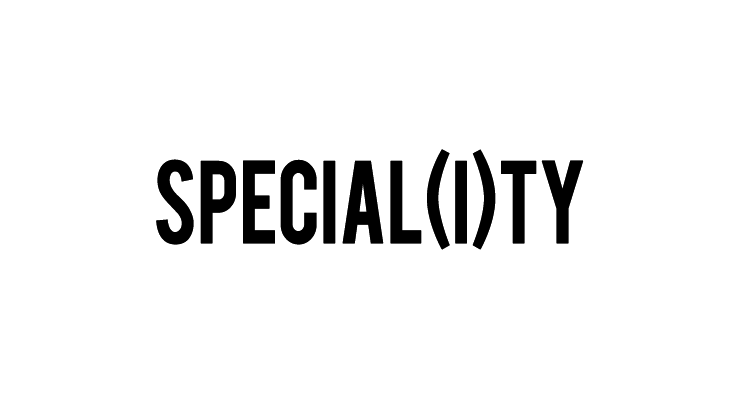
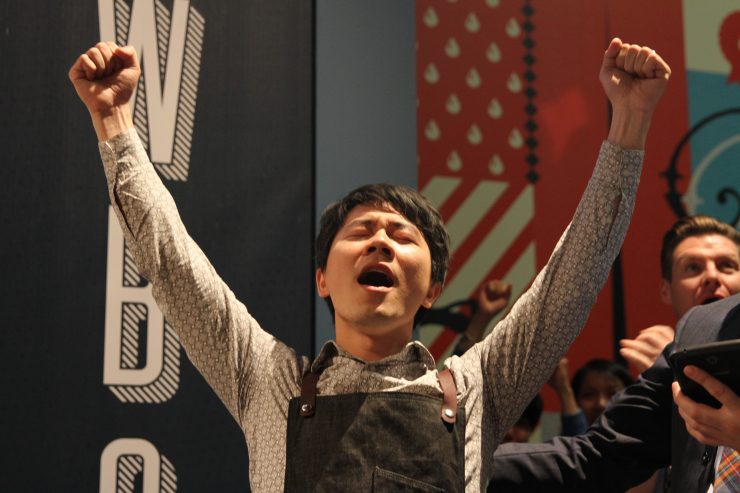
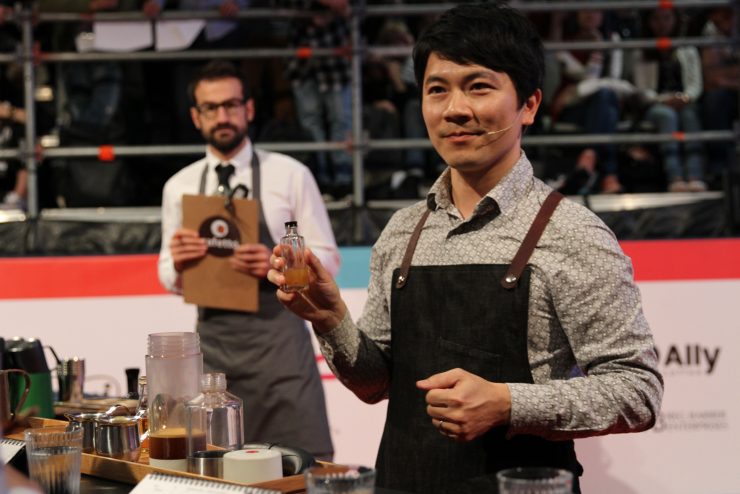
![Berg Wu competing in 2014. [File Photo]](http://sprudge.com/wp-content/uploads/2014/06/Taiwanese-Barista-Champio-Tse-Lin-Berg-Wu-7671-740x493.jpg)
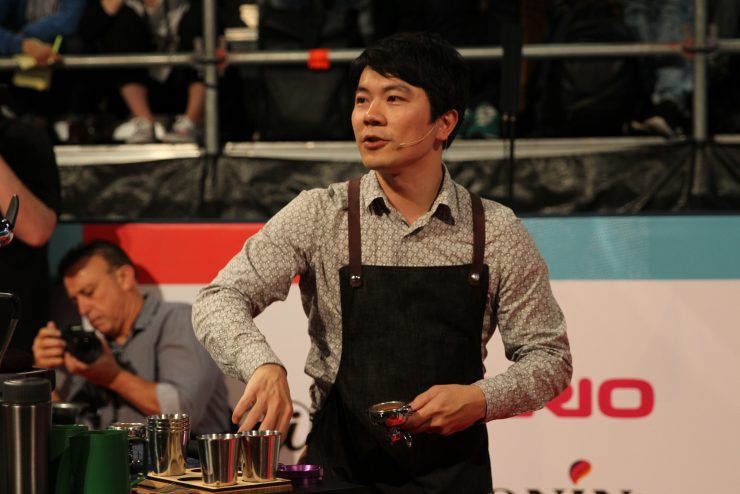
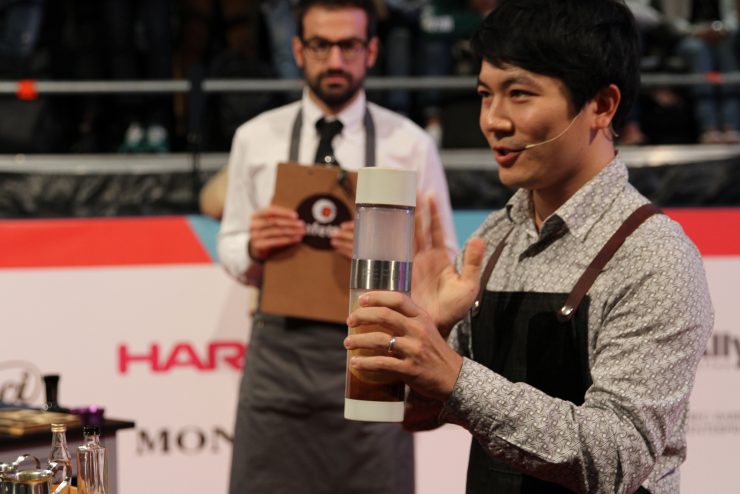
![Gwilym Davies [File Photo]](http://sprudge.com/wp-content/uploads/2014/04/gwilym-2-640x426.jpg)
